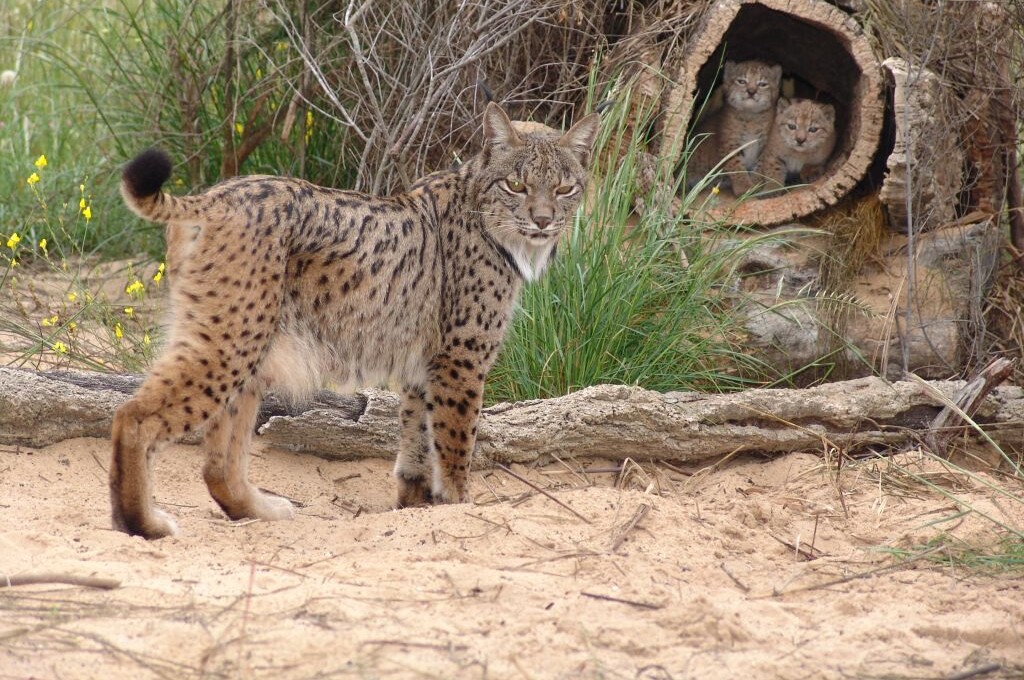The most remarkable success story in feline conservation isn’t the doubling of the global tiger population or the rescues of endangered big cats like the Amur tiger and Northern lion—it’s the resurgence of a lynx species on the Iberian Peninsula.
This slender, mottled cat with distinctive pointed ears and tufts of fur on its face and feet has rebounded from just 62 individuals in a 2002 survey to an estimated 2,000 today.
For a creature that roams through the sometimes tamed landscapes of Spain and Portugal, this recovery is a monumental achievement, achieved through the dedicated efforts of many.
“The most significant recovery of a wild cat species ever achieved through conservation efforts… is the result of committed collaboration between governmental bodies, scientific organizations, NGOs, private companies, and local communities, including landowners, farmers, gamekeepers, and hunters,” stated Francisco Javier Salcedo Ortiz, coordinator of the EU-funded LIFE Lynx-Connect project.
The decline of the Iberian lynx population coincided with a decrease in its primary prey, the European rabbit, which was persecuted due to agricultural damage. Efforts to restore rabbit populations were coupled with habitat restoration and lynx breeding programs.
Organizations such as the IUCN worked closely with ranchers and landowners to garner support for lynx recovery and protection, reducing deaths from poaching, retaliatory killings, and road accidents. Since 2010, more than 400 Iberian lynx have been reintroduced in parts of Portugal and Spain, where over 600 adults now raise cubs across 1,200 square miles.
As a result of these coordinated efforts, a recent update to the IUCN Red List reclassified the lynx from ‘Endangered’ to ‘Vulnerable’, though its status remains delicately balanced. The only thing preventing it from being classified as ‘Least Concern’ are potential threats such as wildfires, disease outbreaks decimating rabbit populations, or a reduction in protective measures.
This success story underscores the power of collaborative conservation efforts in safeguarding endangered species and restoring their populations in the wild.
